-
Getting there
-
SilkAir flies to the Laotian capital of Vientiane and the northern city of Luang Prabang on Monday, Thursday and Saturday as part of a codeshare deal with Lao Airlines.
The service operates in a circular route, departing from Singapore for Vientiane, followed by Luang Prabang, before returning to Singapore.
Tips
Cover up
Take along a sarong when entering temples and places such as the National Museum, which have a strict dress code. Some temples will have shawls and sarongs for the unprepared, to cover knees and shoulders.It also gets chilly in the early morning and at night, so pack a light jacket.
Local tipples
Try the ubiquitous Beerlao, one of the most delicious and refreshing home-grown brews available in South-east Asia. If you are so inclined, try the potent local rice whisky, lao lao. Some bars offer it in cocktails if you find it too strong to drink on its own.Money
ATM machines are hard to find, so make sure you have spare US dollars or Thai baht on hand. With the exchange rate for the local currency (S$1 = 5,860 kip), being a "kip millionaire" may be overwhelming. Credit cards are accepted in places such as hotels, restaurants and bars.Bridge crossing
Do not be afraid to cross the bamboo bridge over the Nam Khan river, near where the Nam Khan and Mekong rivers meet. The bridge is built only during the six-month dry season, when the water level is low, but the view of the gently meandering river is spectacular. A small fee is charged (5,000 kip or 85 Singapore cents) to help maintain it.Breakfast
While there are French bakeries aplenty, with delicious croissants and pain au chocolat on display, go for a local breakfast of noodle soup khao soi instead. The spicy minced pork noodle dish, made with flat rice noodles, usually comes with a generous bowl of vegetables and aromatic green herbs, including mint, Thai basil, coriander, bean sprouts and lime.
Chill out in Luang Prabang in Laos
Wade in rock pools, visit exquisitely detailed temples, have a go at weaving and end the day with top cocktails in the Laotian city, which retains its soul amid rapid growth
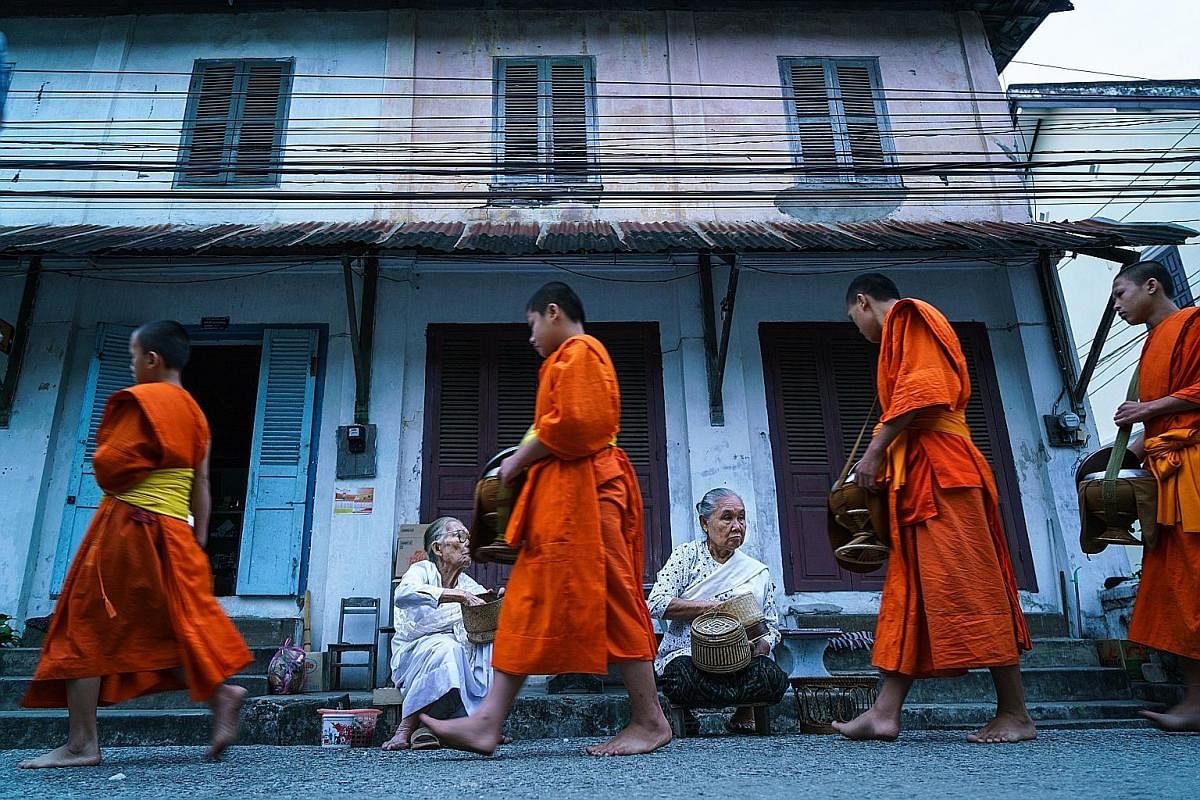
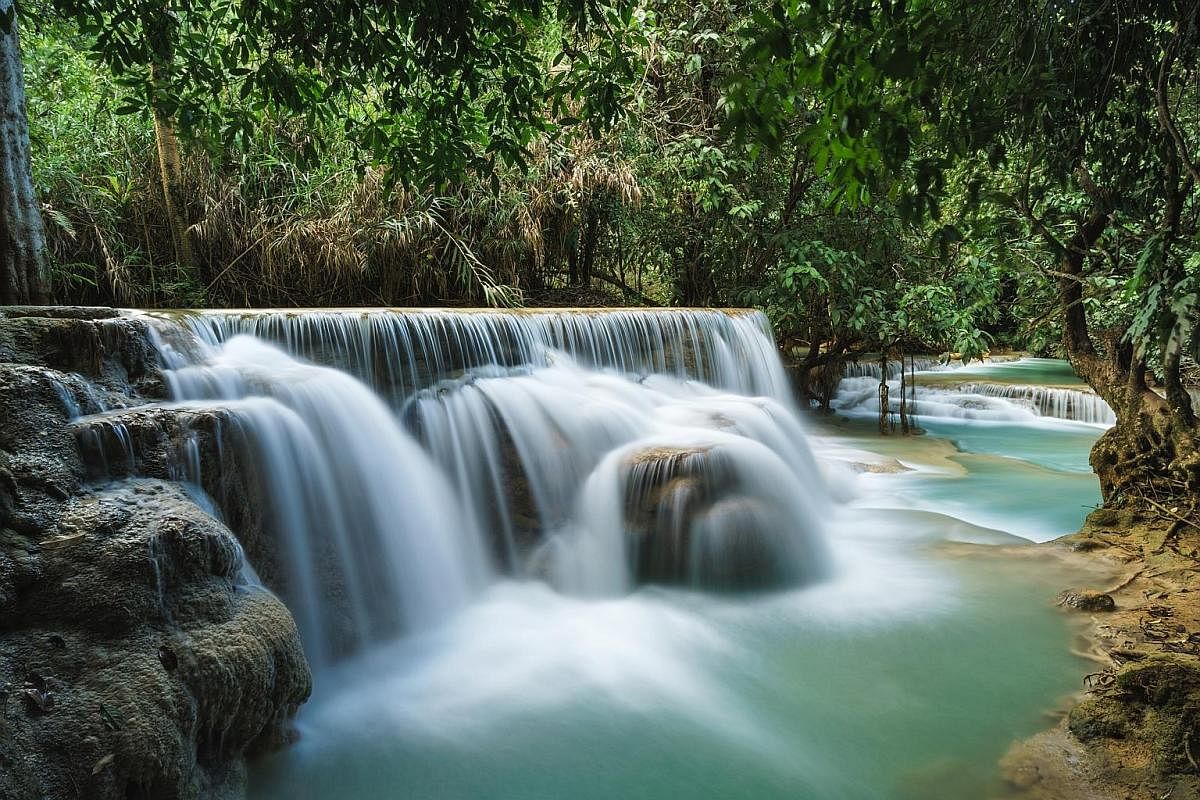
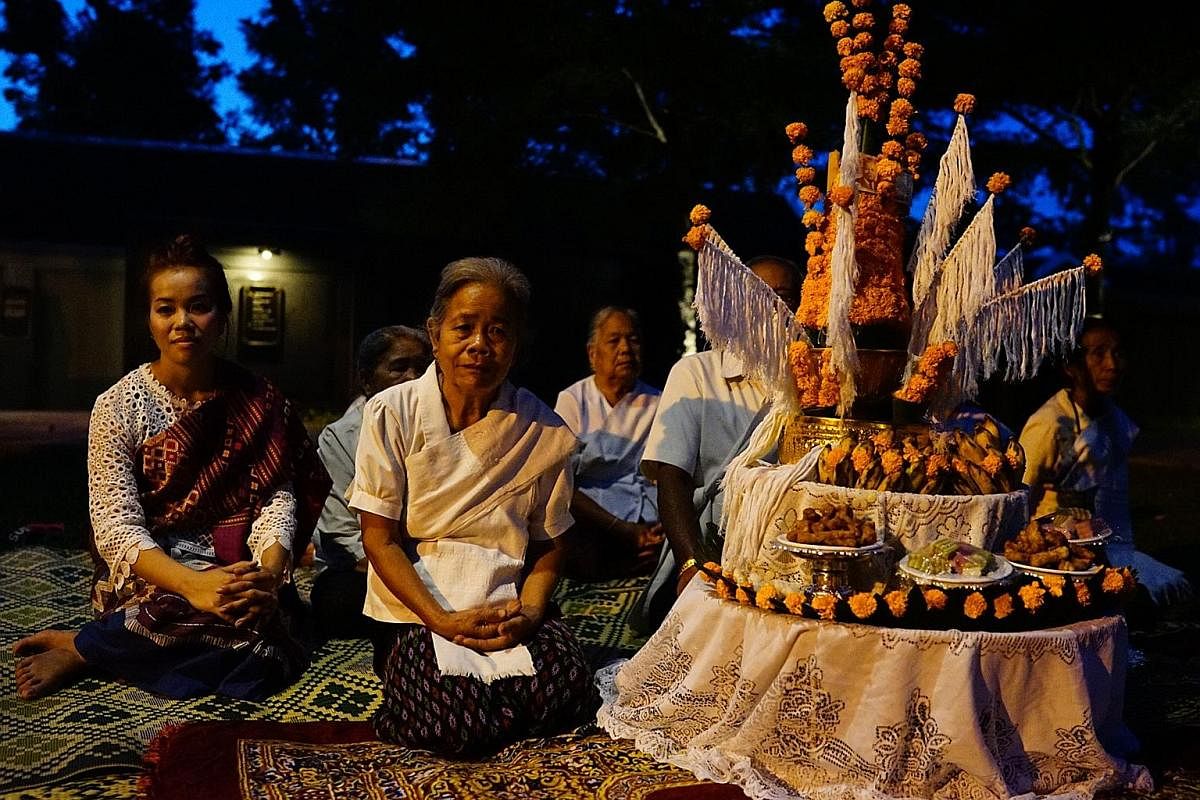
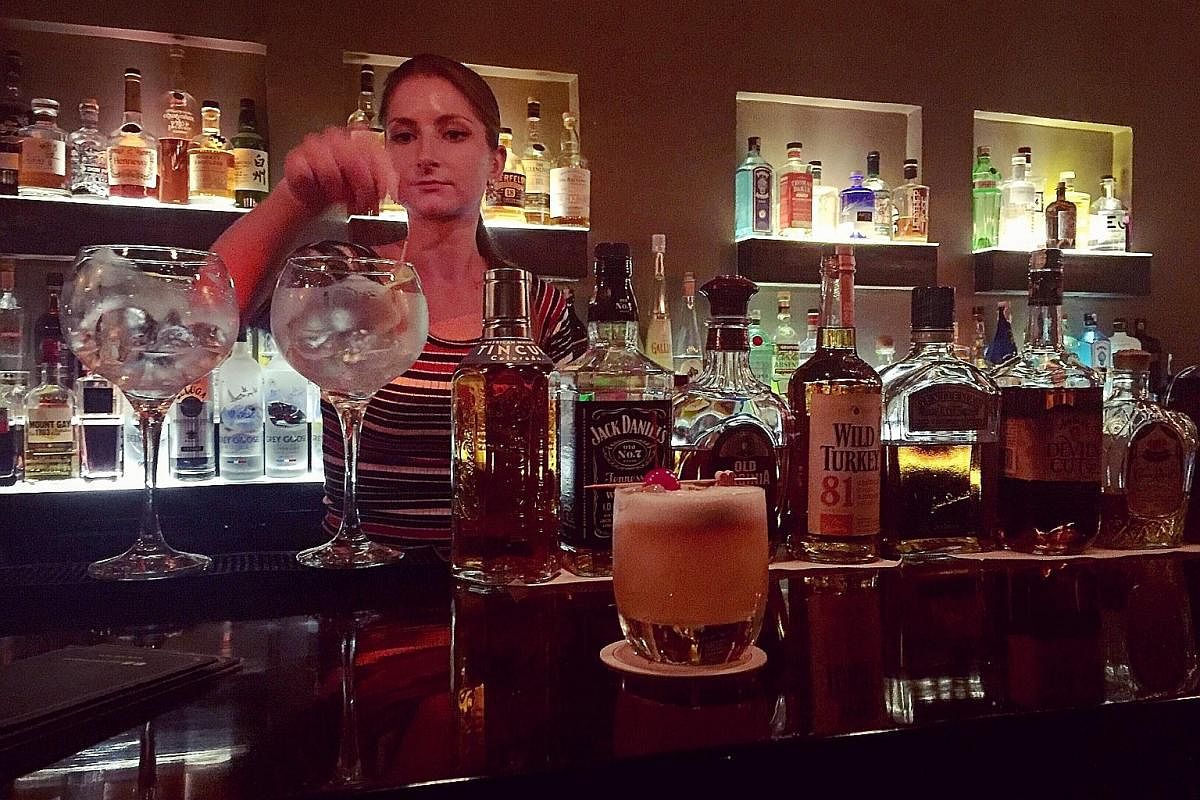

There is a resolute unaffectedness about Luang Prabang in northern Laos.
A wet market pops up every morning in the alleyways off Sisavangvong Road, the city's high street. Unlike most South-east Asian markets, there is an absence of cacophony here - no haggling or touting. I experience a different sensory overload from the sight and smell of freshly gutted perch straight out of the Mekong, pungently fermenting salted fish, and stringy river weeds (kai pen) that will be eaten with sticky rice.
Glistening fruit, vegetables and meats are displayed on mats as mothers braid their daughters' hair. The stalls are mostly run by women who speak in quickfire Lao. One is drawing her eyebrows. It is 7am and the market will stay open for another three hours.
The laidback energy of the remote city of 55,000 and its frangipani tree-lined streets somehow combine like a hypnotising potion for travellers. The unaffectedness is one of many things this city-slicker Singaporean loves about the city, just a 40-minute plane ride from the Laotian capital of Vientiane.
While most South-east Asian cities are buzzing metropolises, filled with people, cars, capitalism and vice, Luang Prabang is the antithesis of frenetic Bangkok, Hanoi and Manila.
Vientiane, with its dusty roads and gilded monuments, may be the gateway city to Laos, but it does not have the languid charm of Luang Prabang.
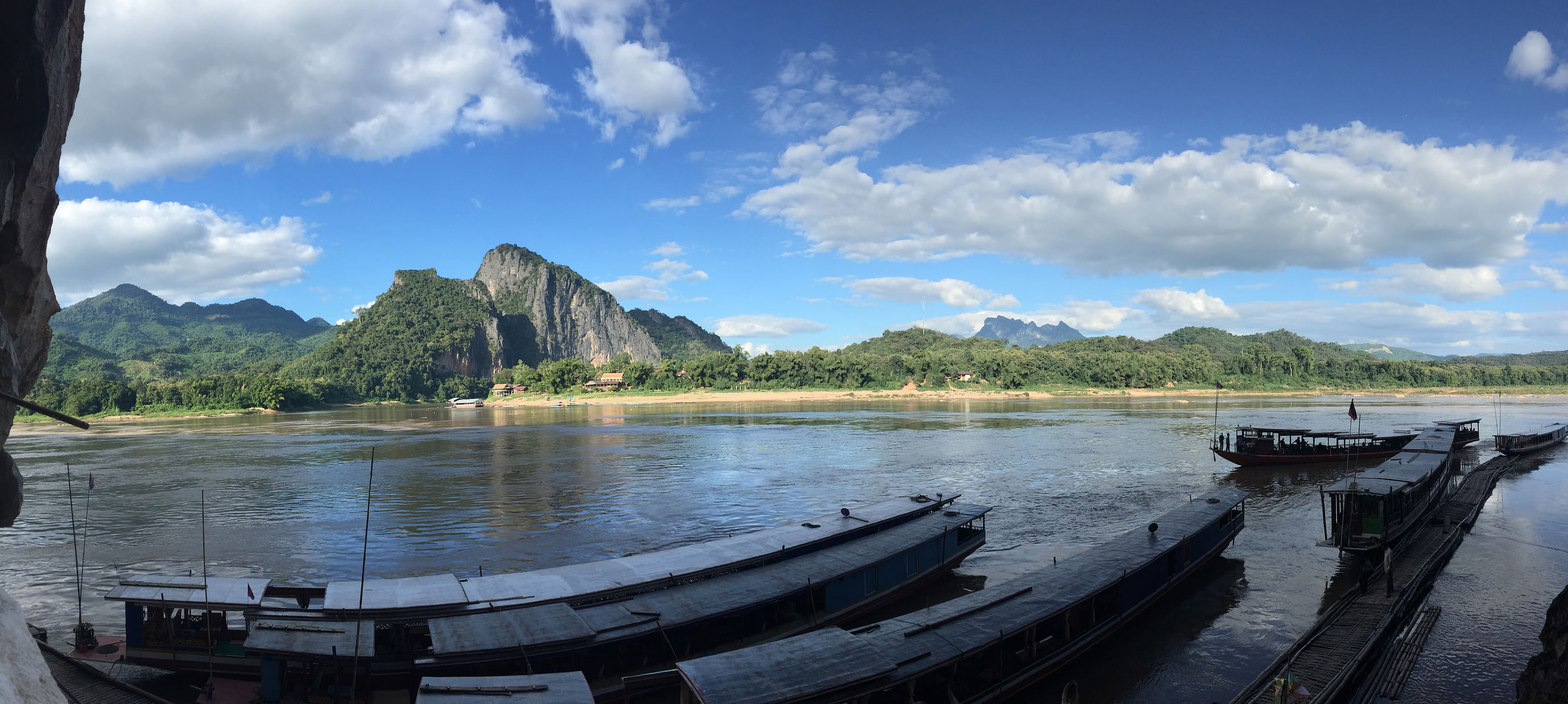
Located on a lush peninsula bounded by the Mekong and Nam Khan rivers, Luang Prabang was once a seat of kings. When the country achieved independence in 1954, the king of Luang Prabang, Sisavang Vong, became the head of state of the Kingdom of Laos.
In Luang Prabang, a Unesco World Heritage Site with quiet, winding roads and a whiff of royal past, colonial architecture stands alongside temples.
You can practically cover the entire 26 sq km city in a day.
Must-hit tourist spots include Wat Xieng Thong, a Buddhist temple built in 1560 with an elaborate, glistening Tree Of Life glass mosaic. While it does not have the scale of larger temples, the details are exquisite. Look out for scenes from the Hindu epic Ramayana painted on the inner walls of the main temple and carved into gilded teak wood on the front panels of the adjacent chariot house.
Then there are the breathtaking Kuang Si Waterfalls with their aquamarine rock pools. Allow at least three hours to take everything in, including stopping by the Bear Rescue Centre on the way up, exploring the different levels of the waterfalls and wading in the pools.
The bear sanctuary houses Asiatic black bears which have been rescued by the Lao authorities from the illegal wildlife trade.
For shopping, there is the bustling night market that stretches from Sisavangvong Road to Settathilat Road and runs from 5pm to about 11pm. Shawls, rugs and handbags showcasing Lao weaving and embroidery are aplenty. But if you pop by around 10pm, when stall owners start to pack up, you are more likely to get a generous discount.
The mighty Mekong river is a constant presence in the Lao way of life and the best way to revel in its majesty is with a four-hour cruise on a traditional Lao slow boat. Bounmi (bounmi.com) offers private cruises. As the muddy water laps gently against the sides of the long boat, take in the mountain ranges of Phou Thao and Phou Nang, between which Luang Prabang is nestled.
Stop off at the Pak Ou caves, dramatically carved out of limestone cliffs. The craggy caves house more than 4,000 Buddha statues, but the view from the inside is magnificent, looking out to where the sky meets the earth.
GROWING WITH FOREIGN HELP
The trademarks of rapid development, however, are omnipresent. The group I travel with late last year visits a hotel in the centre of Luang Prabang that has not been named yet (it is now called Azerai), but the rooms are furnished, the poolside bistro that serves French-influenced fare is operational and smiling staff mill about. It is one of several that are slowly but surely popping up.
French multinational hotel group Accor has stunning properties, including the 25-villa Sofitel Luang Prabang (www.sofitel-luangprabang.com), located in the residential area of Ban Mano. The former governor's residence is the peak of luxury, with gazebos, outdoor bathtubs and private plunge pools.
The expatriate community's presence is visible.French cafes and Buddhist temples sit side by side along Sakkaline Road, while at night, the same stretch is vibrant with nightlife establishments such as lively tapas spot La Casa Lao (lacasalao.com).
While there is a curfew set at 11pm in the Unesco World Heritage Site, it is not strictly followed and most places shut the doors with the party continuing inside long after.
Coming from Singapore, which is home to some of the world's best bars, I am pleasantly surprised to find a rival-worthy cocktail bar just down the road from renowned hotel Satri House. Run by Briton Andrew Sykes, 525 (www.525.rocks) is located in a repurposed house with a beautiful, lantern-lit front garden and plush couches on the inside.
Its menu of classic and bespoke cocktails is pricey (80,000 kip or S$13.60 and above), but exceptionally well-made. Try the New Old Fashioned, made with Lao honey, which gives the strong whisky drink a sweet finish while taking the edge off. It is so good, I go back twice.
The expatriate presence has also catalysed the rise of more social enterprises, which are providing job opportunities for the community. About 70 per cent of the landlocked country, hemmed in by Thailand, Myanmar, China, Vietnam and Cambodia, relies on agriculture for work.
Businesses in Laos typically have to be co-owned by a Lao partner and the newest entry is the Laos Buffalo Dairy (www.laosbuffalodairy.com), located en route to Kuang Si Waterfalls.
Comprising a commercial dairy and production facility to make yogurt, cheese and ice cream, it is headed by former high-flying career woman Susie Martin. The Australian, who used to work for a multinational company in Singapore, admits that uprooting her family to start a dairy farm in Laos in 2014 was "a bit of a mid-life crisis".
The dairy rents buffalos from farmers to give them an alternate income source and shares knowledge on breeding practices to improve the survival rate of calves. An on-site production facility, which aims to provide cheese and yogurt to restaurants and hotels in Luang Prabang and the rest of Laos, creates jobs for locals and imparts skills as well.
Ock Pop Tok (ockpoptok.com), which means East meets West in Lao, has been in operation since 2000. British co-founder Joanna Smith says "textiles are a conduit to discovering Laos" and, along with her team, she champions indigenous weaving and handicraft practices from ethnic groups including the Hmong, Khmu and Tai.
"We want to raise the profile of weaving, which is typically viewed as peasant work, but has so much more value," she says.
At Ock Pop Tok, you can watch weavers at work or even give it a go. You can also take a dyeing class, purchase fair-trade Lao textiles and have a traditional meal overlooking the Mekong river at its cafe. There are also Western dishes and an afternoon tea set.
RECEIVING BLESSINGS
But for all the five-star glitz of hotels and bars as well as the palpable foreign presence, tradition still runs deep.
For instance, my travel group experiences two traditional Baci ceremonies - an important local custom usually carried out at events such as births and marriages - to "call the soul".
The ritual involves village elders chanting around a large conical flower arrangement with white cotton strings dangling from it. The elders then go around to every individual at the ceremony to tie the blessed strings around both wrists. The recommendation is to leave the strings on for a minimum of three days but, ideally, you should leave them on until they fall off.
What I do not expect, however, is how moved I am by the ceremonies - which are very similar to Hindu rituals. It feels like my own grandmother is conveying a blessing and extending protection and it stays with me long after we leave the grounds.
COPING WITH CHANGE
There is little left of South-east Asia that is not easily accessible, but Laos seems to be one place that has remained off the radar - until now.
It is like the secret destination you do not want to tell anyone about, though Luang Prabang feels like it is on the cusp of a tourism boom.
In the past few months, at least three new airlines have started flights to Luang Prabang. Singapore Airlines' sister carrier SilkAir first flew to Laos in 1995, but the flights were discontinued soon after. They were brought back in October last year as part of a landmark deal signed between Singapore and Laos. Laos is the airline's 10th destination in South-east Asia.
Beneath the tranquil surface, however, there is an uneasy sense that perhaps it is all happening too fast.
At dinner in Satri House (www.satrihouse.com), a former royal residence that has been converted into a hotel, a senior member of staff recalls how Luang Prabang used to be like a small village where "everyone knew everybody else's affairs".
This intimacy is now gone, she says. But she is not resentful. Luang Prabang, with its unhurried pace, retains its soul amid rapid development. She reasons: "It's ok, that's what change is like."
•The writer's trip was hosted by SilkAir.
Join ST's Telegram channel and get the latest breaking news delivered to you.
A version of this article appeared in the print edition of The Sunday Times on March 26, 2017, with the headline Chill out in Luang Prabang in Laos. Subscribe


